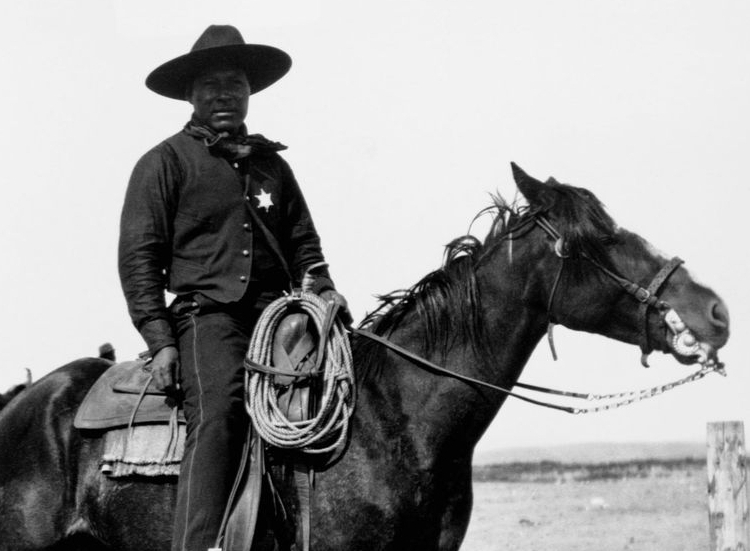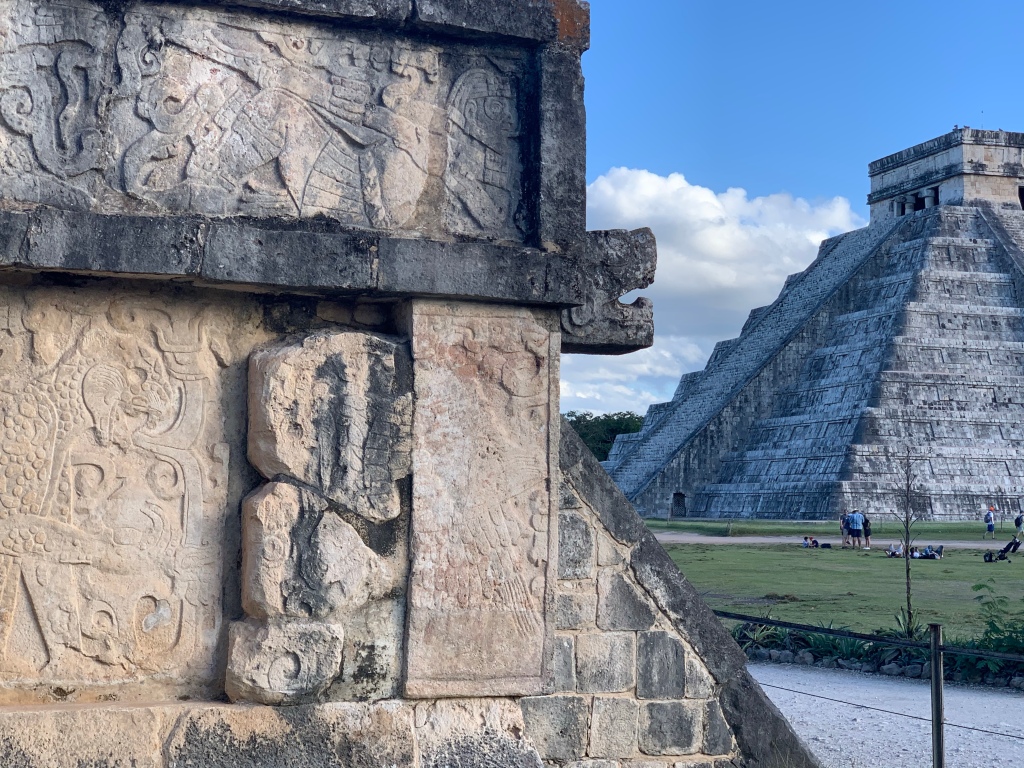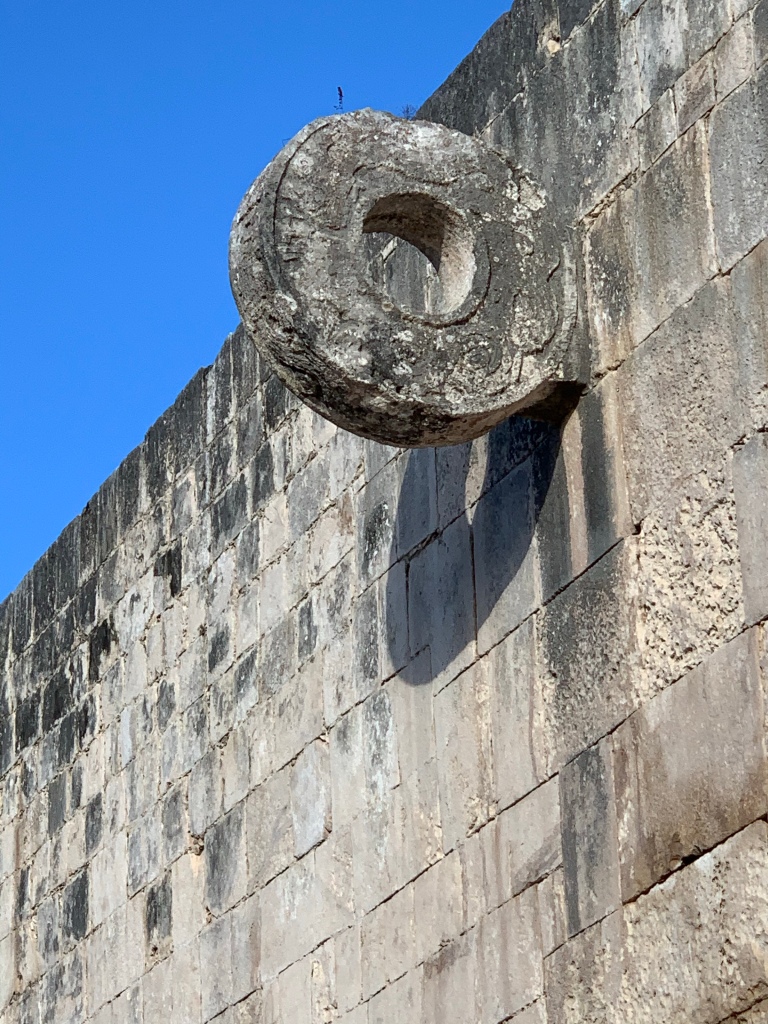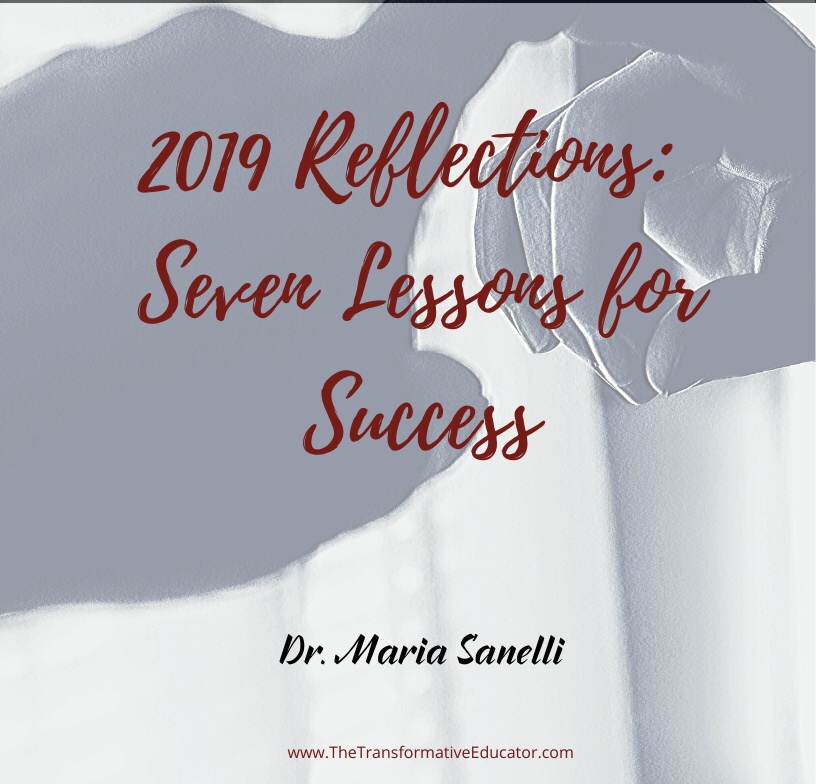…Many scorned us, who saw us come, ragged and nasty with filth; but our hearts remained light with the vision, of our homesteads- free in spacious places; where the sun shines, warm and golden in its crest, and where we, as weary travelers, can finally rest…
From “the Exodus” in Sharon Carpenter’s, “Western Cowboy Poetry: An African-American Perspective”, 2012.
This is the week of the National Cowboy Poetry Gathering taking place in Elko, Nevada. “Generations of ranch families experience the enjoyment of hearing a well-told story with a new twist or two, a poem passed down or cutting a rug to live western music” (from nationaldaycalendar.com/national-cowboy-poetry-gathering-week-changes-annually/, January, 2020). This year’s gathering will focus on the Black cowboy. The front page of their website states, “People of all backgrounds identify with the beauty and challenges of the cowboy lifestyle, from the Mississippi Delta bayou to Buckaroo country, Oklahoma rodeo grounds to the streets of Oakland and Los Angeles. This year the Gathering will feature men and women from these ranching and horseback communities to explore and celebrate the often under-represented historic contributions and contemporary culture of Black cowboys, from bull-doggin’ to blue-yodellin'” (from http://www.nationalcowboypoetrygathering.org/, January, 2020). And….. this is the beginning of Black History Month!
In my 30+ years of traveling to public schools and observing social studies classrooms, I have never heard a teacher or professor share the fact that 25% of all cowboys were African-American. Cowboy culture, in general, and African-American life in the West specifically, receives little attention in the American history curriculum. The question, Is Black History Month necessary?, comes up frequently at my university for discussion. I would say very definitively- YES! Until African-American history is taught as a thread throughout an American history course, there is a need for a month dedicated to acknowledging the contributions of African-Americans in the United States of America (same is true with women, other racial groups and LGBTQ folks).

Nat Love, 1903, Librabry of Congress Photo.
After the Emancipation Proclamation and during the period of Reconstruction, the West offered a place where former slaves could secure jobs where they did not have to “serve as elevator operators or delivery boys or other similar occupations” (William Katz, The Black West, 1996). While Black cowboys did face discrimination in town restaurants and hotels, Nat Love described his fellow cowboys as “… always ready to share their blanket and their last ration with a less fortunate fellow companion and always assisted each other in the many trying situations that were continually coming up in a cowboy’s life” (Love, 1907, p.35). Love became well-known due to his notoriety in the rodeo circuit, as did Bill Pickett who originated the rodeo event, bulldogging.
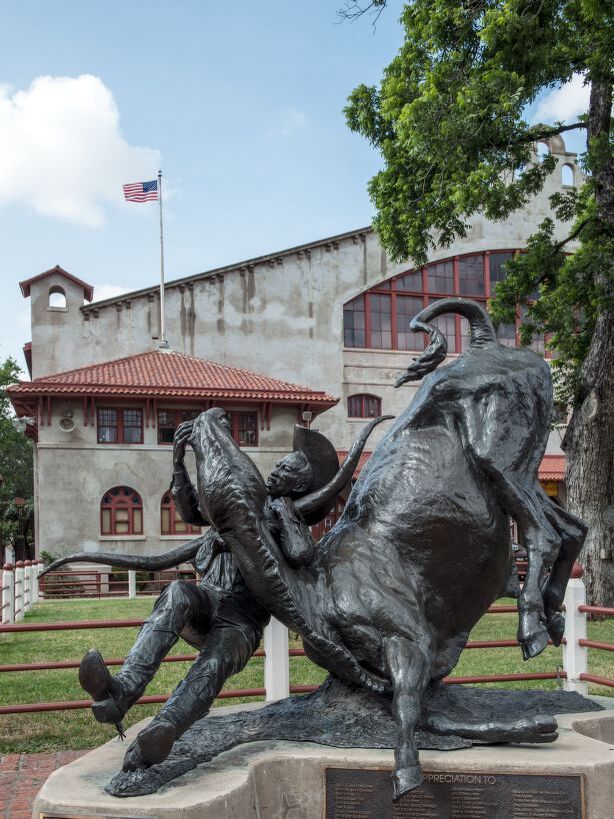
Library of Congress, Prints and Photographs Division. 2014.
There are so many stories we could share in this blog but instead, I challenge you to take a moment and listen to some cowboy poetry and learn about Western life this week. And, as we dive into Black History Month, don’t forget about the Black heroes of the West as you survey the numerous contributions of Black men and women in America! Here are a few great resources:
The Black West: A Documentary and Pictorial History of the African American Role in the Westward Expansion of the United States by William Katz
Black Frontiers: A History of African American Heroes in the Old West by Lillian Schlissel
Black Cowboys in the American West: On the Range, on the Stage, behind the Badge by Bruce A. Glasrud, Michael N. Searles, et al.
African American Women of the Old West by Tricia Martineau Wagner
The Life and Adventures of Nat Love Better Known in the Cattle Country as “Deadwood Dick” by Nat Love
Western Cowboy Poetry: An African American Perspective” by Sharon Carpenter
Interested in working with Dr. Maria Sanelli on a project? Check out her personal website: www.drmariasanelli.com and her new project: http://www.thetransformativeeducator.com.
